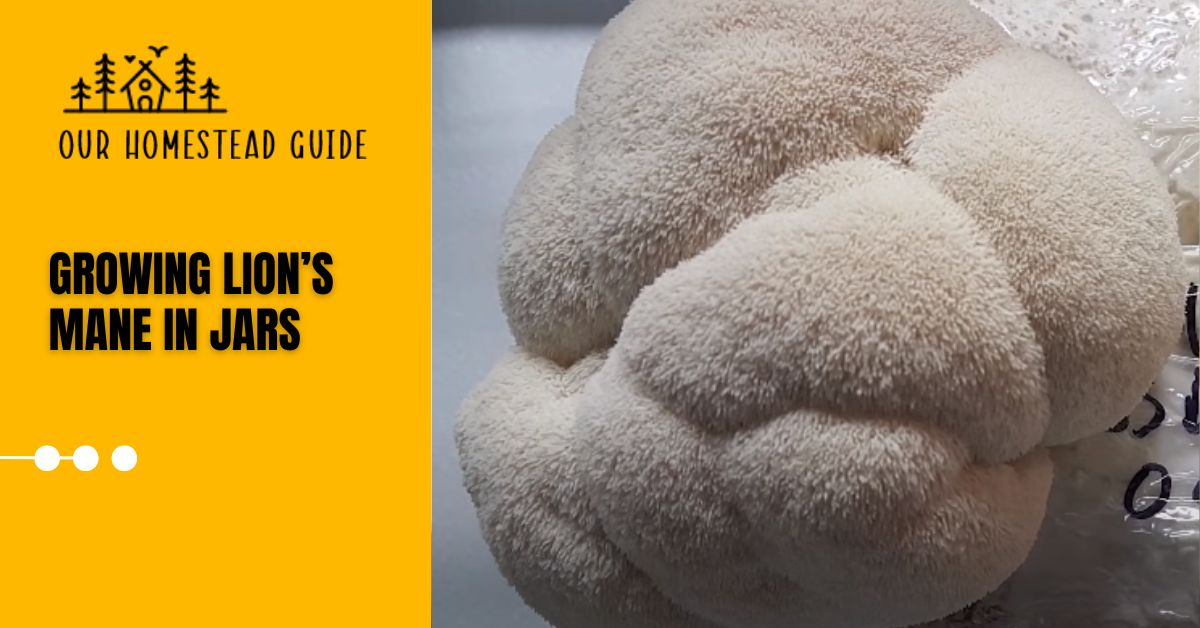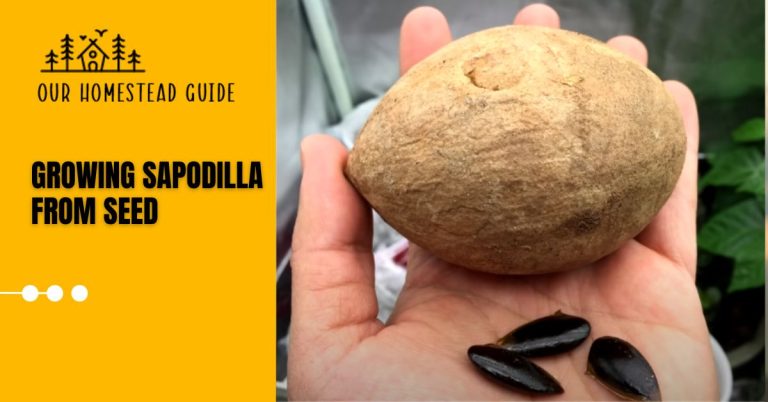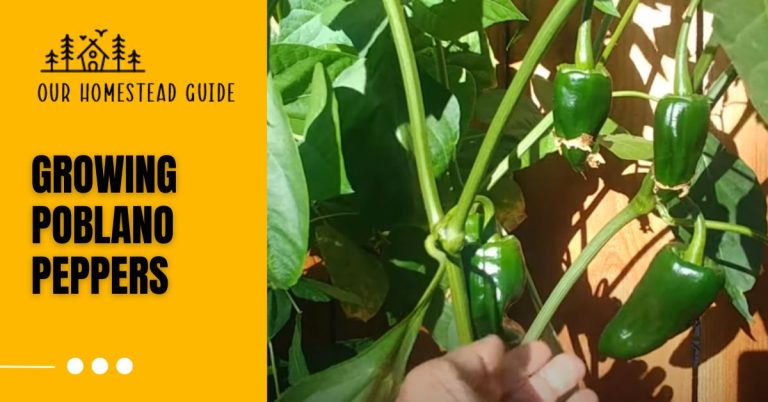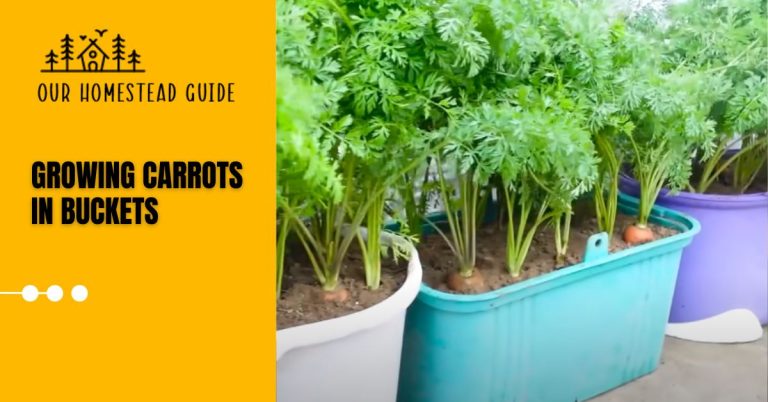Growing Lion’s Mane in Jars: Step by Step
Growing Lion’s Mane in Jars Ours is a great place to start for those looking for an entry point into growing mushrooms. Lions can look a lot more intimidating to Maneham, but don’t let the looks fool you. These mushrooms are quite easy to cultivate. All that stands between you and success is following our step-by-step guide on how to grow them.
We will guide you through everything from choosing the right substrate and setting up your fruiting chamber to harvesting your first crop.
How to Grow lion’s mane in jars?
1-Culturing Lion’s Mane on Agar
Securing a culture of lion’s mane mushrooms is the first step in starting a lion’s mane mushroom cultivation quest. Growing lion’s mane in jars There are two main ways to get this culture: either purchasing a ready-made liquid culture from a reputable vendor or, if you’re skilled and comfortable with sterile procedures, by carefully slicing a wedge of Lion’s Mane mycelium off an agar plate.
Growing lion’s mane in jars On agar, this mycelium seems ethereal and delicate, developing long, beautiful, spindly teeth that serve as the foundation for the amazing mushroom growth that awaits you in your cultivation endeavor.
2-Preparing Grain Spawn
The next step is to transfer your Lion’s Mane culture to sterilized grain to proliferate it. Rye grain, which is renowned for encouraging strong growth, is a great option for this use. Growing lion’s mane in jars As an appropriate basis for your grain spawn, you can experiment with additional possibilities like wheat berries, millet, or even popcorn.
Growing lion’s mane in jars This crucial stage guarantees a strong and robust mycelium proliferation, establishing the groundwork for an effective mushroom-cultivating procedure.
Introduce the culture to its new medium by inoculating the sterilized grain with Lion’s Mane mycelium. This colonization phase often moves quickly under ideal circumstances, with the mycelium actively spreading through the nutrient-rich grains. This quick development creates the ideal conditions for a thriving mycelial network, which is essential for the eventual fruiting of your Lion’s Mane mushrooms.
3-Preparing the Substrate
As a saprophytic mushroom that naturally grows on dead or decaying logs, lion’s mane loves a substrate made of hardwood. Growing lion’s mane in jars Combine some bran for added nutrients and hardwood sawdust to create your substrate combination.
Mix 5 cups of hardwood fuel pellets, 1.25 cups of bran, and 1.4 liters of water to make a 5-pound Lion’s Mane mushroom block. Growing lion’s mane in jars This well-balanced mixture provides the vital nutrients and moisture required for ideal development, ensuring a bountiful and delicious crop.
Make sure the substrate materials are thoroughly mixed before continuing with the pressure sterilization. Sterilize the substrate for 2.5 hours at 15 PSI (pounds per square inch) in a pressure cooker. This crucial step gets rid of any possible pollutants, giving your Lion’s Mane mushroom cultivation a fresh start and encouraging a healthy mycelial development environment.
4-Inoculating the Substrate
It’s crucial to allow the substrate to naturally cool to ambient temperature after sterilization. During the chilling process, impurities are kept out and the substrate is prepared to accept the Lion’s Mane mycelium culture without endangering the delicate fungal network. For a successful mushroom growth endeavor, patience and attention to these post-sterilization stages are essential.
Introduce the Lion’s Mane grain spawn after your disinfected substrate has reached room temperature. Make sure the spawn is well distributed before adding it to the substrate. The mycelium from the spawn starts to entwine with the nutrient-rich substrate at this critical stage, starting the colonization process and preparing the ground for the eventual growth of your Lion’s Mane mushrooms.
The newly introduced Lion’s Mane mycelium will progressively demonstrate its dominance and take over the substrate as time goes by. The mycelium grows rapidly during this colonization phase as it spreads over the substrate, creating favorable conditions for the formation of Lion’s Mane mushrooms. The secret to a successful cultivation process at this stage is patience and close monitoring.
5-Colonization and Fruiting
1-Lion’s mane mycelium will start working its way through the substrate.
The Lion’s Mane mycelium will begin to develop during this stage and will weave its way through the substrate. Growing lion’s mane in jars The mycelium creates a network as it grows, laying the groundwork for the growth of your Lion’s Mane mushrooms. In order to monitor the mycelium’s development and wait for the rewarding fruiting stage, you must be vigilant and patient.
2-The mycelium may look wispy and thin, but it’s still colonizing.
Be not frightened if the mycelium appears fragile and wispy during this period. Even though it appears frail, the substrate is being aggressively colonized. Growing lion’s mane in jars As the mycelium establishes itself before shifting to mushroom development, this is a normal stage of the process.
3-Lion’s Mane forms small fruiting bodies atop a colonized substrate.
Lion’s Mane usually develops little fruiting bodies on its surface once Growing lion’s mane in jars it has completely colonized the ground. These little mushroom clusters are a hopeful sign of a plentiful crop.
4-To encourage fruiting, create slits in the grow bag for mushrooms.
Make tiny incisions or X-shaped cuts in the mushroom grow bag to encourage fruiting. Growing lion’s mane in jars These gaps provide space for Lion’s Mane mushrooms to grow, increasing the likelihood of a fruitful harvest.
5-Lion’s Mane thrives at 16-18°C with high humidity but can adapt.
The best temperature range for lion’s mane mushrooms is between 16 and 18 °C (60 and 65 °F), together with high humidity. Growing lion’s mane in jars They can, however, adapt and grow in environments with lower humidity and room temperature, but maybe with somewhat altered growth patterns and yields.
6-Lion’s Mane benefits from ventilation for optimal fruiting body appearance.
While the Lion’s Mane requires less fresh air than some other mushrooms, having adequate ventilation may greatly improve the look of its fruiting bodies. Growing lion’s mane in jars Even though it’s not as important, it still improves the quality of your harvest as a whole.
6-Harvesting
Growing lion’s mane in jars Gently twist or cut the lion’s mane mushrooms off the block to harvest them.
To keep their look and freshness, handle them with care.
After harvest, the lion’s mane has a lengthy shelf life and can remain fresh in the refrigerator for up to 10 days or more.
7-Cooking and Enjoying
Sliced and sautéed with oil and a variety of seasonings, lion’s mane mushrooms—known for their distinctive lobster-like texture—deliver a delectable vegetarian gourmet experience.
An alternate cooking technique involves shredding lion’s mane mushrooms and simmering them in sauces to produce a meal that has soft and delicious qualities similar to pulled pork. Growing lion’s mane in jars A traditional comfort food staple gets a wonderful vegan twist thanks to this inventive usage of lion’s mane.
Lion’s mane mushrooms may be stored for a long time by dehydrating them. However, to completely maximize and concentrate its therapeutic characteristics, such as its potential for supporting cognition and nerve regeneration, people looking to exploit its potential medical benefits should think about an extraction method.
Is It Possible To Grow Lion’s Mane?
Start with a Culture: To start the cultivation process, you’ll need a Lion’s Mane culture. Growing lion’s mane in jars This is available as a wedge of mycelium on agar or as a liquid culture. These are available from vendors as well as knowledgeable farmers.
Prepare Substrate: In the natural, hardwood substrates are commonly used for the growth of lion’s mane mushrooms. Hardwood sawdust that has been combined with bran or a mixture known as “masters mix” (consisting of hardwood fuel pellets and soy husk pellets) are two common possibilities for a substrate for growing. The nutrients the mushrooms require to thrive are provided by the substrate.
Inoculate Substrate: Inoculate the Lion’s Mane culture into the pre-prepared substrate. Growing lion’s mane in jars This can be accomplished by adding colonized grain spawn to the substrate or by combining the culture with the substrate.
Colonization: Allow the substrate to get colonized by the mycelium. The wispy mycelium of the lion’s mane will eventually cover the substrate. Growing lion’s mane in jars Although the colonization process might take a while, it often moves along quickly.
Fruiting: The Lion’s Mane will begin to develop fruiting bodies after colonization. These distinguishing “teeth” or “spines” are what give the mushroom its characteristic look. Growing lion’s mane in jars To promote optimal fruiting at this stage, enough humidity and fresh air exchange are crucial.
Serving Ideas
| Serving Ideas for Lion’s Mane Mushrooms |
| 1. Sautéed Lion’s Mane Steaks |
| Slice the Lion’s Mane into thick “steak” cuts and sauté them with butter, garlic, and herbs for a flavorful vegetarian or vegan steak alternative. Serve with your favorite sides. |
| 2. Lion’s Mane Stir-Fry |
| Cut Lion’s Mane into bite-sized pieces and stir-fry with an assortment of colorful vegetables, tofu or meat, and a savory stir-fry sauce. Serve over rice or noodles. |
| 3. Lion’s Mane Tacos |
| Shred cooked Lion’s Mane and use it as a filling for soft or hard-shell tacos. Growing lion’s mane in jars Top with fresh salsa, guacamole, and your favorite taco toppings. |
| 4. Lion’s Mane Risotto |
| Incorporate finely chopped Lion’s Mane into a creamy mushroom risotto for a rich and earthy flavor. Growing lion’s mane in jars Garnish with fresh herbs and Parmesan cheese. |
| 5. Lion’s Mane Soup |
| Add Lion’s Mane mushroom slices to your favorite soups, such as cream of mushroom or vegetable broth-based soups, for added depth of flavor and texture. |
| 6. Lion’s Mane Sandwiches |
| Growing lion’s mane in jars Create gourmet sandwiches by stacking sautéed Lion’s Mane slices with fresh greens, tomatoes, and your choice of condiments on crusty bread or buns. |
| 7. Lion’s Mane Pasta |
| Toss cooked Lion’s Mane pieces with al dente pasta, olive oil, garlic, and Parmesan cheese for a simple yet delicious pasta dish. |
| 8. Lion’s Mane Fritters |
| Make Lion’s Mane fritters by coating small Lion’s Mane chunks in a seasoned batter and frying them until golden brown. Serve with dipping sauces. |
| 9. Lion’s Mane Appetizers |
| Use Lion’s Mane as a base for appetizers like stuffed mushrooms, where the caps are filled with a tasty mixture of breadcrumbs, cheese, and herbs. |
| 10. Lion’s Mane Pizzas |
| Top pizza dough with sautéed Lion’s Mane slices, tomato sauce, cheese, and your favorite pizza toppings for a unique and gourmet homemade pizza. |
HOW TO TELL IF LION’S MANE IS FULLY COLONISED
There are numerous important markers that might tell you if the Lion’s Mane mushroom (Hericium erinaceus) has completely colonized. Do a visual assessment of the substrate first. The substrate is most likely fully colonized if the mycelium has completely covered the whole surface, leaving no open spaces or patches, and the color of the substrate is consistently white.
A completely colonized substrate will also have a hard, cohesive feel that resists light pressure without having any spongy or soft areas. Growing lion’s mane in jars No nasty or disagreeable smells should be present, and a sweet, mushroomy perfume is frequently noticeable.
Active mycelial development at the borders of the substrate may indicate incomplete colonization. Growing lion’s mane in jars Watch for symptoms of Lion’s Mane preparing to fruit, which denotes successful colonization, such as knotting, primordia production, and even pin set.
Benefits of Growing lion’s mane in jars
Lion’s Mane mushroom growing in jars allows for regulated, space-efficient cultivation, which is perfect for small areas. It is beginner-friendly and requires less maintenance thanks to transparent jars that make monitoring and troubleshooting simple.
Regardless of the climate, year-round growing guarantees a consistent supply of delicious mushrooms. It is gratifying and aesthetically beautiful, excellent for both instruction and personal enjoyment because to its several flushes and wonderful flavor.
Materials Needed:
Before we delve into the step-by-step process, gather these materials:
- Wide-mouthed, quart-sized glass jars are ideal.
- Sprouted Lion’s Mane mushrooms (available online or through specialized vendors)
- Hardwood sawdust, wood chips, or straw as a substrate
- a plastic bag
- Metalized foil
- a big pot or pressure cooker for sterilizing
- a clean, properly ventilated space
- Patience and focus on the small things
Conclusion:
Growing Lion’s Mane mushrooms in jars is a fun and space-saving method to enjoy this special treat and maybe gain from its therapeutic effects. You may have a consistent supply of fresh Lion’s Mane mushrooms directly from your house if you have a little patience, pay attention to hygiene, and take little care. Why not start this enjoyable and nourishing path of home cultivation?
Most Frequently Asked Questions!
1. Can I use any type of jar for growing Lion’s Mane mushrooms?
Lion’s Mane mushrooms are frequently grown in wide-mouthed glass jars, usually in quart sizes. It is simpler to work with the substrate and inoculate the spawn because of the broad entrance.
2. What substrate should I use in the jars?
For cultivating Lion’s Mane mushrooms, you can use hardwood sawdust, wood chips, or straw as the substrate. To avoid contamination, it’s crucial to make sure the substrate is adequately cleaned and sterilized.
3. Where can I obtain Lion’s Mane mushroom spawn?
You may get lion’s mane mushroom spawn from a number of internet vendors, specialist mushroom shops, or amateur mushroom growers. It can be purchased as colonized agar plates or spore syringes.
4. How long does it take for Lion’s Mane mushrooms to grow in jars?
The time frame can change, but normally the mycelium needs a few weeks to colonize the substrate and another few weeks to grow fruiting bodies (mushrooms). Temperature and humidity levels, for example, may affect this.
5. Can I grow Lion’s Mane mushrooms year-round in jars?
If you can supply the right climatic conditions, such as the right temperature and lighting, you can grow Lion’s Mane mushrooms indoors all year long.
6. How do I know when it’s time to harvest Lion’s Mane mushrooms from the jars?
When the recognizable “pom-pom” look of Lion’s Mane mushrooms has fully grown, they are ready to be harvested. Remove them from the substrate by gently twisting or cutting them.
7. Are there any common issues or challenges I should be aware of when growing Lion’s Mane in jars?
Undoubtedly one of the biggest problems is contamination. Maintain a clean atmosphere during inoculation and incubation as well as thorough jar sterilization to avoid it. For optimal growing, maintaining ideal temperatures and humidity levels is also essential.
8. Can I reuse the jars and substrate for multiple Lion’s Mane mushroom batches?
Jars can be reused, but only after being thoroughly cleaned and sterilized. Reusing the substrate may be more difficult since it could lose nutrients after just one culture cycle.
9. Are there any safety concerns when growing Lion’s Mane mushrooms in jars?
Although it is typically safe to cultivate Lion’s Mane mushrooms, the danger of infection must be kept to a minimum by maintaining cleanliness and using proper sterilizing techniques. Take the necessary measures if you are allergic to mushrooms or have other safety concerns.
10. What are some common culinary uses for harvested Lion’s Mane mushrooms?
The texture and flavor of lion’s mane mushrooms are distinctive and resemble seafood. They may be included in a variety of foods, including stir-fries, soups, noodles, sandwiches, and vegetarian and vegan recipes that call for meat substitutes.
you may also like this article.




